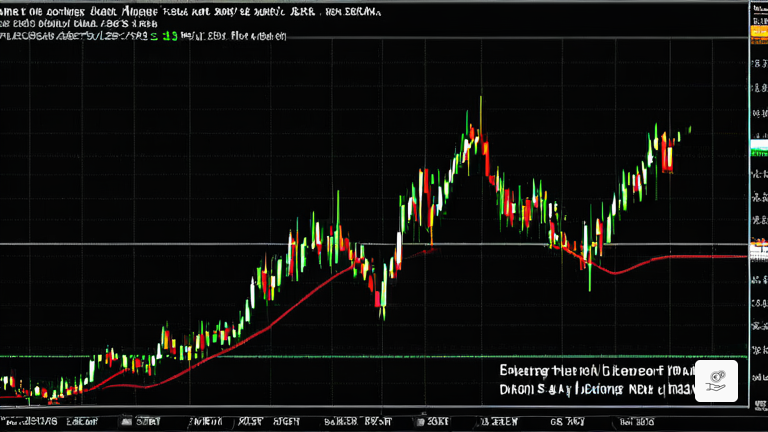Mastering the Art of Simple Moving Averages

Unraveling the Magic of Simple Moving Averages
Understanding the Essence of Averaging
Simple Moving Averages (SMAs) are a vital tool in the world of investment analysis, lending insights into short, medium, and long-term trends in financial markets. The interplay between the averaging period’s length, trendline robustness, and buy/sell signals forms the cornerstone of SMA strategies.
Decoding the Simple Moving Average
At its core, the Simple Moving Average (SMA) involves analyzing subsets of data, particularly the closing prices of assets. Various SMAs cater to different trading styles:
– 5-day moving average (light blue trendline)
– 10-day moving average (purple trendline)
– 20-day moving average (green trendline)
While a 5-day SMA offers early trend signals, longer averages like the 10-day and 20-day SMAs smooth out volatility, providing more reliable trend insights. Short-term trends may yield false signals, whereas long-term trends offer stronger but delayed indications.
Navigating the Realm of Averages
For traders with a longer horizon, the 50-day, 100-day, and 200-day moving averages offer a more refined analysis, minimizing short-term noise and emphasizing enduring market trends.
Choosing the right SMA for your investment strategy is pivotal. Long-term traders mustn’t solely rely on short-term signals, just as short-term traders should not fixate on prolonged trend indicators.
Diving into the Mechanics of SMAs
Unveiling the Functionality of Simple Moving Averages
The movement in investment markets is influenced by a myriad of factors, from political events to market volatilities. Utilizing average prices over defined periods helps mitigate short-term fluctuations, with different SMAs catering to various trading horizons.
The longer the averaging period, the smoother the trendline, and the stronger the trend signal. However, a prolonged lag could cause traders to miss out on crucial market shifts.
Cracking the Code of SMA Calculations
The process of computing a Simple Moving Average is straightforward. By summing up closing prices over specific periods, traders can derive valuable insights into changing market trends.
For instance, calculating a 5-day SMA involves creating data points by averaging the closing prices over consecutive five-day intervals. Extending this logic to 10-day SMAs further smoothens the trendline, reducing volatility.
Crafting a Winning Strategy with SMAs
Harnessing SMAs for Trading Success
Simple Moving Averages can be leveraged across short, medium, and long-term trading endeavors, be it in futures, stocks, or commodities. By interpreting SMA crossovers, traders can make informed decisions based on trend changes.
Whether identifying bullish or bearish crossovers, SMAs provide valuable insights into market sentiments. These crossovers serve as precursors to potential trend shifts, guiding traders on entry and exit points.
Weighing the Pros and Cons of SMAs
While SMAs offer a clear picture of short-term trends and early trend indications, they are not devoid of drawbacks. Understanding the nuances of SMAs is crucial for optimizing their utility.
From flattening short-term volatility to identifying potential trend changes, SMAs play a pivotal role in market analysis. However, the lag effect in longer-term trendlines can pose challenges for traders looking to capitalize on swift market movements.
Demystifying SMA vs. EMA
Deciphering the Variances in Averaging Methods
In the realm of moving averages, Simple Moving Averages and Exponential Moving Averages present distinct approaches to trend analysis. While SMAs offer equal weighting to historical and recent price movements, EMAs prioritize recent data, catering to short-term traders.
The choice between SMA and EMA strategies hinges on individual trading preferences and risk appetites. Understanding the implications of each method is essential for devising a robust investment strategy.
Embracing the Power of Averages
Nurturing Market Insights with SMAs
Whether opting for SMAs or EMAs, the goal remains consistent: to navigate market trends with precision. By incorporating moving averages into your analysis, you can gain a holistic view of short, medium, and long-term market dynamics.
Parting Words
In a world teeming with market complexities, Simple Moving Averages serve as guiding beacons for traders seeking clarity amidst volatility. Tailoring your SMA strategy to your risk profile and investment horizon can unlock a treasure trove of market insights.




